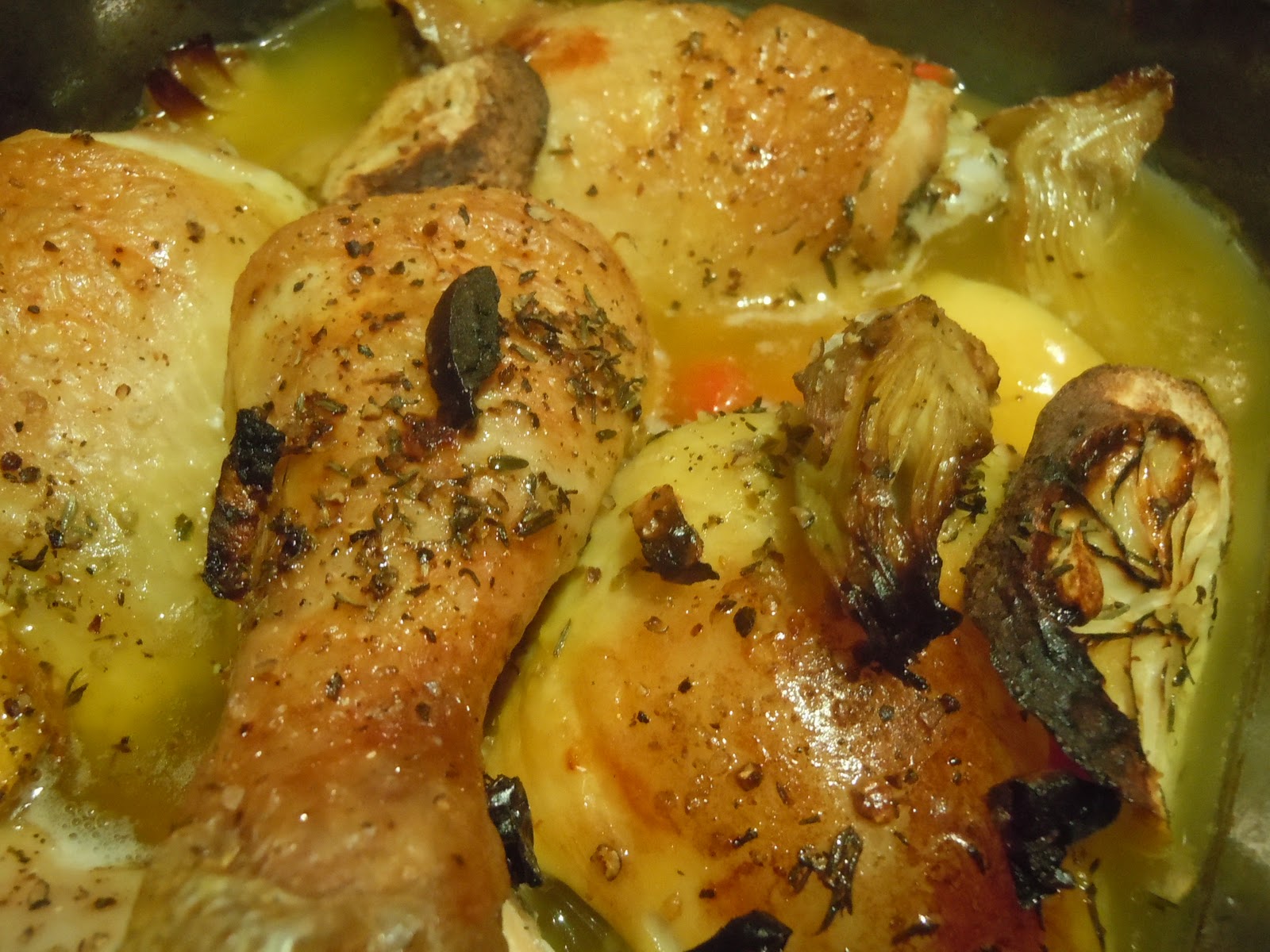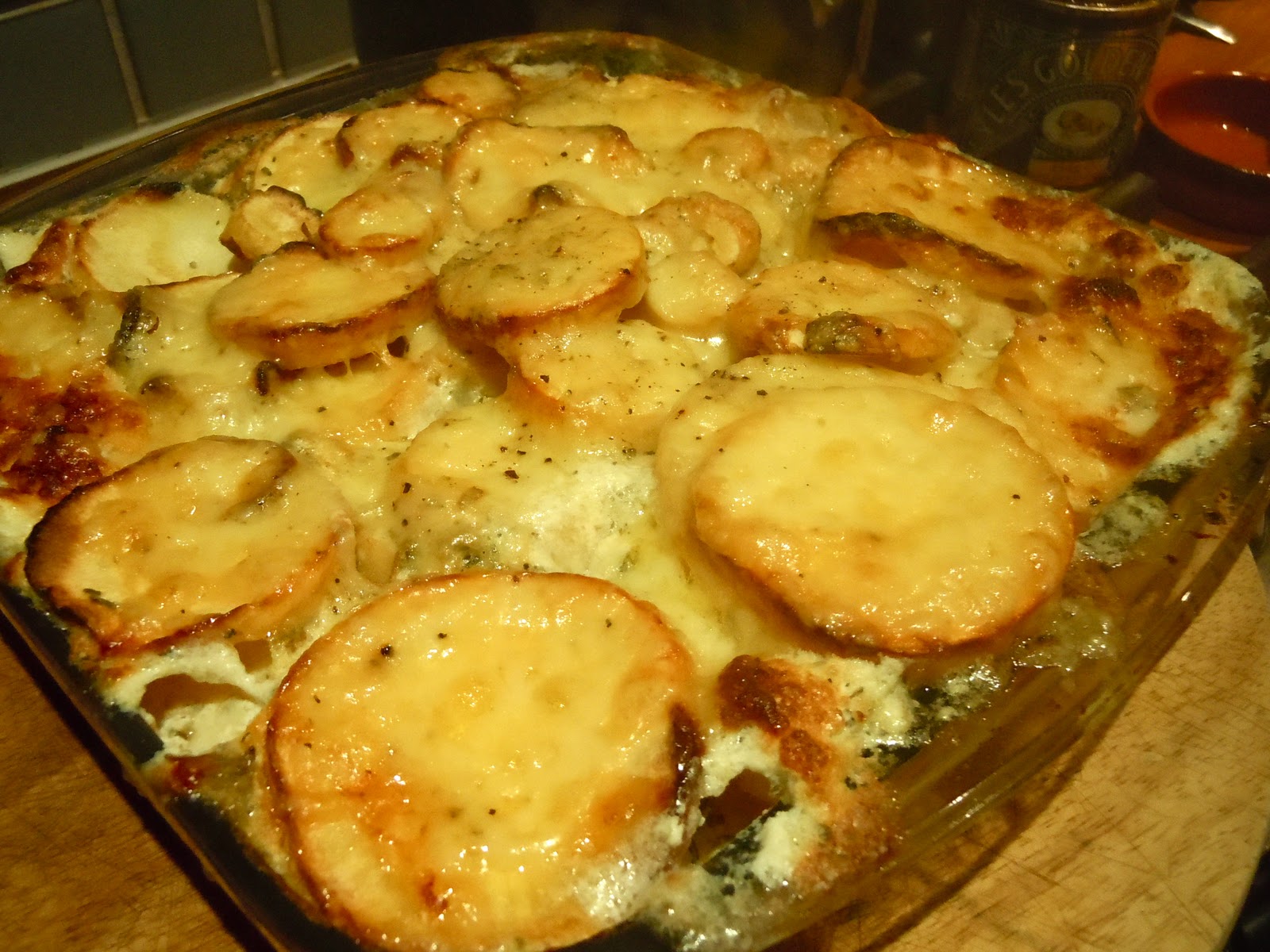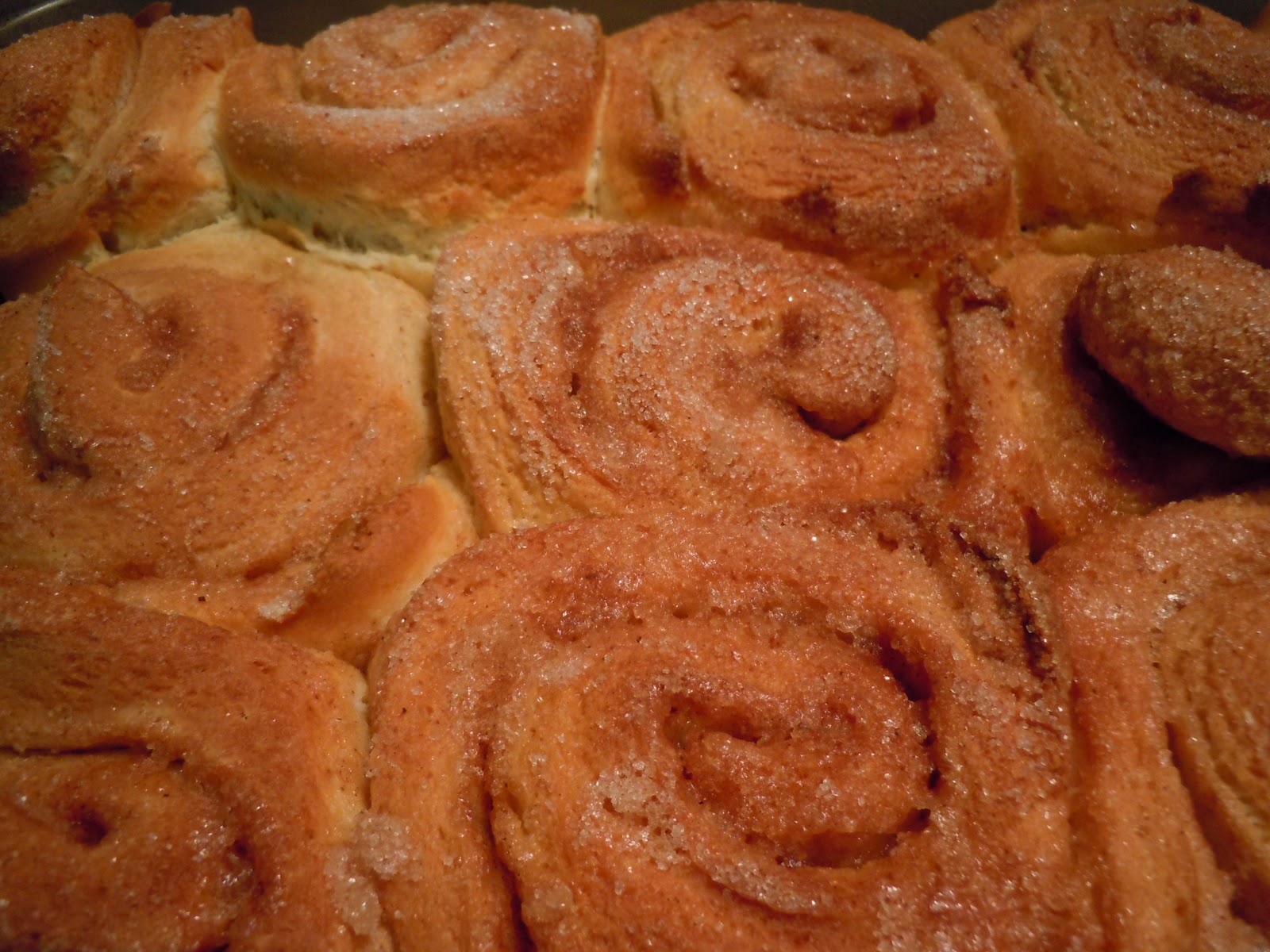I rarely cook chicken. No, wait, scratch that. I almost never cook chicken. I'm afraid of it. And with good reason, might I add. It's a culinary minefield. If it's underdone, there's the danger of life-threatening illness. If it's overdone, it's dry and horrible. For years I have found every conceivable way of cooking sans chicken. But finally, that period is long long gone. For I present to you not only the easiest chicken recipe that you will ever find, it's also amazingly delicious. Oh yes.
The recipe, from February's Delicious magazine, advocated a meat-based way of having a good yet healthy dinner. Well, it might be healthy, but what won points was its ease of preparation. The recipe advocated butterflying the chicken. Hell no. Why turn a perfectly nice recipe that takes little to no time to prepare and ruin it with a horribly complex butchery instruction? No way jose.
Anyway, there's little else to say except that it's delicious and if you eat meat, you'll want to eat this. Serve it with leeks and you have yourself one fine looking dinner, if I don't mind saying so myself.
Ingredients
1.6kg chicken, boned and butterflied (bah! I bought bone-in chicken pieces from the store and never noticed the difference)
1 tbsp olive oil
2 tbsp lemon juice, plus 1 lemon, sliced
2 garlic cloves, thinly sliced
1 red chili, deseeded and thinly sliced
1 tbsp oregano
1 tbsp thyme (if you have sprigs, use them)
8 artichoke hearts, tinned in water, rinsed and drained
200 ml dry white wine
Method
Preheat the oil to 220C. Put the chicken in an oiled roasting tin. Drizzle with the rest of the oil and the lemon juice. Scatter with the lemon slices, garlic, chili, and herbs.
Season, then add the artichokes and wine.
Roast for 30-35 minutes until the skin is golden and the juices run clear when you pierce the meat in the thickest part (turn the oven down to 200C if the skin browns too soon)
Transfer the chicken to a board, then cut into pieces. Tip the juices from the tin into a jug. Serve the chicken pieces with the artichokes, drizzled with the cooking juices.
Serves 4-6







